Regular physical activity is important for overall health and well-being. Among adults, physical activity can lower the risk of premature death, chronic disease, some forms of cancer, falls and associated injuries, and depression. For children and adolescents, physical activity can improve bone health, cardio-respiratory fitness and muscle strength, and reduce body fat and symptoms of depression. For people who are inactive, even small increases in physical activity are associated with health benefits.
Why It’s Important
Physical activity has immediate and long-term health benefits.1
- Immediate benefits:1
- Improves sleep
- Reduces anxiety
- Reduces blood pressure
- Long-term benefits:1
- Lowers risk for chronic diseases, including heart disease, stroke, diabetes, some cancers, and osteoporosis
- Lowers blood pressure and triglyceride levels
- Helps maintain a healthy weight
- Improves bone health and mobility, and reduces the risk for falls in older adults
- Reduces feelings of depression and improves overall mood, feelings of well-being, and cognitive functioning
- In children, physical activity:1
- Improves attention and memory
- Builds muscles and endurance
- Improves aerobic fitness and regulates body weight
- Balances blood sugar levels
- Lowers risk for chronic diseases
Physical inactivity contributes to 1 in 10 premature deaths and inadequate levels of physical activity are associated with $117 billion a year in health care costs.1
What Is Known
Too few Americans are getting the amount of physical activity recommended by Physical Activity Guidelines for Americans, 2nd Edition,2 (see the How to Reduce Risk section for a summary). Only 1 in 4 adults and 1 in 6 high school students meet the recommended levels of aerobic and muscle-strengthening activities.1 Moreover, about 31 million adults aged 50 years or older are inactive, getting no physical activity beyond that of daily living.3
In Hawai‘i, 90.0% of individuals live reasonably close to a park or recreational facility. Although this is higher than the United States (US) value of 80.0%, the Hawai‘i value has decreased from 92.5% in 2020 (County Health Rankings 2022).
In 2019, only 24.8% of adults in Hawai‘i met the aerobic and muscle-strengthening physical activity guidelines (BRFSS). In 2020, 19.2% of adults reported no leisure time physical activity (BRFSS).
- Men (26.1%) were more likely to meet physical activity recommendations than women (22.8%) (BRFSS 2019).
- Native Alaskan and American Indians were the most likely to meet recommendations (31.4%) and Filipinos (20.3%) were the least likely (BRFSS 2019).
Among public school students in Hawai‘i, 16.9% of middle school and 13.4% of high school students met the aerobic and muscle-strengthening physical activity guidelines (YRBS 2019).
- High school boys (18.7%) were more than twice as likely as girls (8.2%) to meet recommendations.
- Native Hawaiian high school students (18.8%) were the most likely to meet recommendations and other Asians (6.3%) were least likely.
- Middle school boys (22.5%) were about twice as likely as girls (11.0%) to meet recommendations.
- Caucasian middle school students (21.7%) were the most likely to meet recommendations and other Asians (9.5%) were least likely.
Who Is at Risk
There are several factors that contribute to an individual’s physical activity level:
- Many Americans do not have a safe or convenient place to be physically active. Less than half of the US population lives within one-half mile of a park. Only 40% of school-aged youth who live a mile or less from school report that they usually walk to school. 4
- Although most adults with disabilities can participate in a physical activity, 47% do not engage in any aerobic activity. 5
- Many individuals lack the time and social support to participate in physical activity.6
- Older adults are at a higher risk for inactivity and not meeting federal activity guidelines than younger adults.7
How To Reduce Risk
The Physical Activity Guidelines for Americans outlines guidelines for people of all ages. A key takeaway for all is that some physical activity is better than none, and that you should move more and sit less. Here are some guidelines for different age groups:2
- Preschool-Aged Children–should be active throughout the day
- Children and Adolescents–should do 60 minutes or more of moderate-to-vigorous physical activity per day. This should include muscle-strengthening and bone-strengthening activity on at least 3 days per week.
- Adults–should do at least 150 to 300 minutes a week of moderate-intensity aerobic activity. This should include moderate or intense muscle-strengthening activity involving all major muscle groups on 2 or more days per week.
- Older Adults–should follow the same guidelines as adults, and determine their level of effort relative to their level of fitness. They should also incorporate balance training alongside aerobic and muscle-strengthening activities
Page last updated July 28, 2022
References
1 Why Should People be Active? Centers for Disease Control and Prevention. https://www.cdc.gov/physicalactivity/activepeoplehealthynation/why-should-people-be-active.html Updated July 14, 2022. Accessed July 21, 2022.
2 US Department of Health and Human Services. Physical Activity Guidelines for Americans. 2nd Edition. 2018. https://health.gov/sites/default/files/2019-09/Physical_Activity_Guidelines_2nd_edition.pdf Accessed July 21, 2022.
3 More than 1 in 4 US adults over 50 do not engage in regular physical activity. Centers for Disease Control and Prevention. https://www.cdc.gov/media/releases/2016/p0915-physical-activity.html Published September 15, 2016. Accessed July 21, 2022.
4 Centers for Disease Control and Prevention. Active People, Healthy Nation At-A-Glance. https://www.cdc.gov/physicalactivity/activepeoplehealthynation/pdf/Active-People-Healthy-Nation-At-a-Glance-508.pdf Published November 2019. Accessed July 21, 2022.
5 Inactivity Related to Chronic Disease in Adults with Disabilities. Centers for Disease Control and Prevention. https://www.cdc.gov/nccdphp/dnpao/division-information/media-tools/dpk/vs-disability-activity/index.html Updated June 6, 2019. Accessed July 21, 2022
6 Overcoming Barriers to Physical Activity. Centers for Disease Control and Prevention. https://www.cdc.gov/physicalactivity/basics/adding-pa/barriers.html Updated June 3, 2022. Accessed July 21, 2022.
7 Adults 50 and Older Need More Physical Activity. Centers for Disease Control and Prevention. https://www.cdc.gov/physicalactivity/inactivity-among-adults-50plus/index.html Updated March 16, 2022. Accessed July 21, 2022.

PUBLICATIONS
- Hawai‘i Physical Activity and Nutrition Plan 2030
- Hawai‘i Physical Activity and Nutrition Plan 2030, Executive Summary
- Physical Activity Guidelines for Americans, 2nd edition
- Step it up! The Surgeon General’s Call to Action to Promote Walking and Walkable Communities
- 2018 Physical Activity Guidelines Advisory Committee Scientific Report




